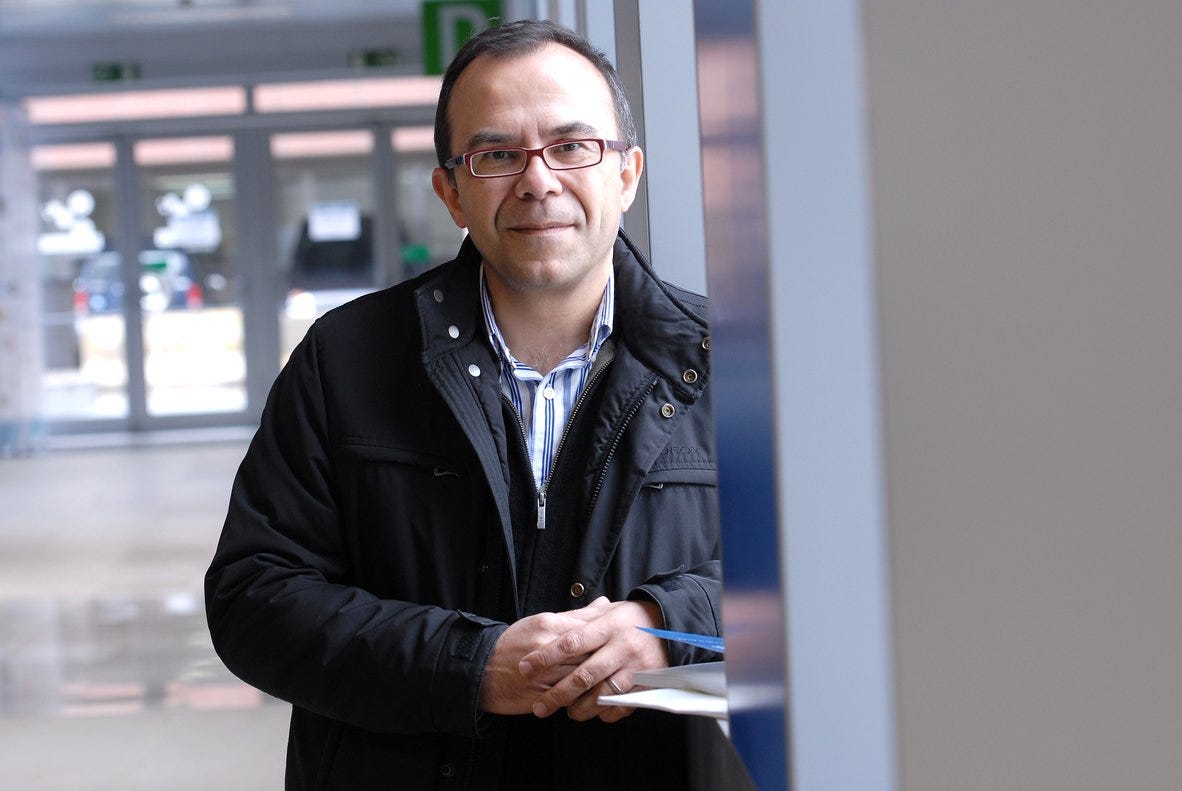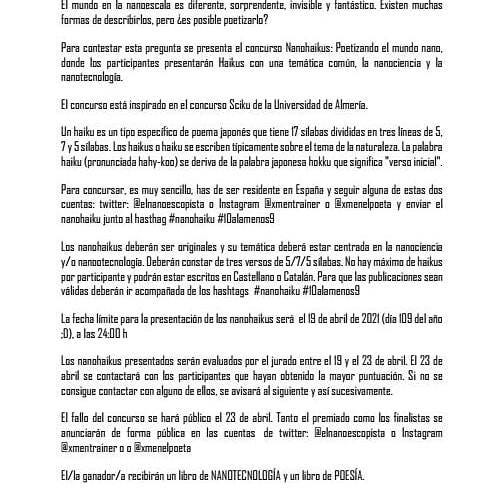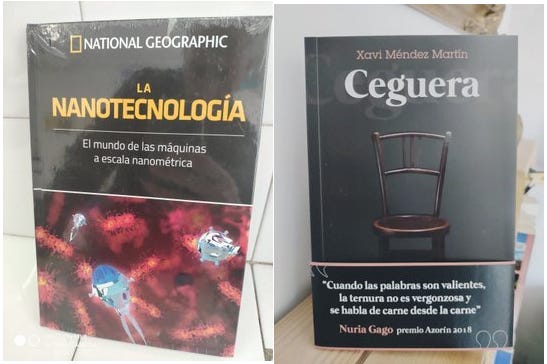Photo Courtesy: © LAGUNA DESIGNSCIENCE PHOTO LIBRARYCORBIS
Nanomedicine introduces nanotechnology concepts into medicine and thus joins two large cross disciplinary fields with an unprecedented societal and economical potential arising from the natural combination of specific achievements in the respective fields. The common basis evolves from the molecular scale properties relevant in the two fields. Nanoanalytical tools such as local probes and molecular imaging techniques, allow us to characterize surface and interface properties at a nanometer scale at predefined locations, while elaborated chemical approaches offer the opportunity for the control and addressing of surfaces e. g. for targeted drug delivery, enhanced biocompatibility and neuroprosthetic purposes. This commonality opens a wide variety of economic fields both of industrial and clinical interests. However, concerns arise in this cross disciplinary area about toxicological aspects and ethical implications. This newsletter gives an overview of selected recent developments of nanotechnology applied on medical objectives.
Nanotechnology based medical diagnostics
Diagnostics as a means for successful prevention and efficient treatment of diseases plays a key role in medicine. Taking cancer as an example for a widespread disease that is still the leading cause of death in the industrial countries, a significant increase in cure rate would be unlikely to achieve unless more information about molecular mechanisms of the pathophysiology can be obtained which will build the fundament for new anticancer drugs. The advantage of nanostructure based diagnostics lies in its potentially higher sensitivity and selectivity as compared to classical methods.
Nanotechnology in therapy – research and development
The pronounced anticipated advantage of using nanovectors (nanoparticles capable of transporting and delivering one or more bioactive molecules, including therapeutic agents and imaging contrast enhancers) for biomedical applications is their ability to overcome various biological barriers and to localize into the target tissue when systemically administered. Currently used and investigated nanovectors could be generally classified into three main groups or “generations”
Different types of nanovectors: a) First-generation nanovectors (e.g. currently clinical liposomes) comprise a container and an active principle. b) Second-generation nanovectors further possess the ability for the targeting of their therapeutic action via antibodies and other biomolecules, remote activation, or responsiveness to environment; c) Third-generation nanovectors such as multistage agents are capable of more complex functions, such a time-controlled deployment of multiple waves of active nanoparticles, deployed across different biological barriers and with different sub-cellular targets.
Clinical applications
Nanomedicine enters different fields of clinical application including tissue engineering and targeted drug delivery. The appliance here is fairly broad but mainly focuses cancer.
Known to be a cause of the development of diseases like cancer, arthrosclerosis and age related illnesses chronic inflammation (CI) takes a central position in clinical investigations. The mechanisms of this correlation are reviewed by several authors, who discussed how the immune status in humans affects the risk of cancer development in an etiology-dependent manner. The molecular machinery underlying the development of CI makes it an expanding research focus for nanomedicine
Lipid-based vehicles, Liposomal drug carrier in chemotherapy, Polymer based delivery, Metal nanoparticles (Nano-crystalline silver for wound care), Magnetic nanoparticles for diagnosis and therapy (Iron or iron oxide nanoparticles have a high potential for various nanobiomedical applications including drug delivery), Nanoshells (In other hyperthermal concepts metal silica-gold nanoshells consisting of a spherical dielectrical nanoparticle surrounded by an ultrathin conductive metal layer are used, which can be activated by tuneable optical resonance), Non-injectable nanovectors (The most preferred way of introducing drugs into the body is via oral route; therefore pharmaceutical industry puts much effort in the development of appropriate delivery systems improved by nanotechnology).
Nanocoatings and nanostructured surfaces for medical application
In parallel to the development of nanoparticles the knowledge about the nanostructuring of surfaces develops rapidly. Driven by the search for environmentally benign fouling control, nanostructuring of surfaces displays a big challenge for application in medicine.
The main research in this field focuses on optimization the interaction of prostheses like artificial joints with the organism, aiming at producing materials which are undergoing a close connection to the body tissues, while avoiding side effects, such as chronic inflammations or allergies. Nanostructuring of a surface coating controls properties such as charge, conductivity, roughness, porosity, wettability, friction, physical and chemical reactivity, and compatibility with the organism.
Biocompatibility and Toxicity – Safety issues related to nanotechnology implementation
The generation of small particles may be a major issue for discussion in nanotechnology with respect to toxicology. Due to the potentially high reactivity based on the large surface-to-volume ratio of nanoparticles as compared to bulk systems there is a latent risk for all new nanosystems which must be carefully considered. While the frame work of existing laws for new chemicals and pharmaceutical materials seems to be currently sufficient to treat also this kind of materials, nanoparticle synthesis has to be investigated carefully for each new system developed with respect to its potential side effects within the human body and the environment. Fortunately enough, the public and scientific awareness of nanotechnological laboratories is high and there is an increasing intensity of discussion on these ethical and societal issues with different institutions and the public.
As in the previous issue of nanomedicine, I would like to introduce the reader to a couple of researchers in nanomedicine. They are Josep Samitier, director of IBEC in Barcelona and coordinator of the nanoBiotechnology/Nanomedicine working group of Nanospain, and Maria Jose Alonso, who works at the University of Santiago de Compostela and whose work in nanomedicine is highly valued by the scientific community. I have had the opportunity to meet both researchers and talk to them and I consider them as great references in the field of nanomedicine. Below you can learn a little more about each of them.
Prof. Josep Samitier is Director of IBEC and Full Professor in the Physics Faculty (Electronic Dep.), University of Barcelona. From February 1984 to June 1985 he was visiting research fellow at the Philips Electronic Laboratory, Paris, France. From March 2001 to June 2005 Prof. Samitier was Deputy Head of the Barcelona Science Park (PCB), and in 2003 he received the Barcelona city Prize of the Barcelona Council in the area of technology. Prof. Samitier is the coordinator of the Spanish Platform on Nanomedicine and the president of the Associació Catalana dEntitats de Recerca (ACER).
María José Alonso’s lab (USC, Spain) has pioneered numerous discoveries in the field of Nanopharmaceutical Technology and nanomedicine. She has coordinated several research consortia financed by the WHO, the Gates Foundation and the European Commission. Currently, she is involved in 7 international projects. She is the author of over 285 scientific contributions with more than 17,900 cites (H factor 73) and the inventor of 22 patent families. Because of the quality of her scientific articles she has been among the TOP TEN in Pharmacology (Times Higher Education international ranking, 2010) and she is on ‘The Power List’ of the most influential researchers in the field of Biopharmaceuticals (The Medicine Maker, 2020). She is currently Past President of the Controlled Release Society. She also serves on the editorial board of 11 journals and is Editor-in-Chief of the Drug Delivery and Translational Research. In 2006-10, she was the Vice-rector of Research and Innovation of the USC. She is a fellow of the American Institute for Medical and Biological Engineering (AIMBE) and of the Controlled Release Society, a member of three Academies in Spain and a member of the US National Academy of Medicine (NAM).
New contest: Poetry, haikus and NANOTECHNOLOGY
Join in as we combine the art of poetry with the beauty of science! Anyone can submit original haikus featuring their favorite science topic.
To participate send a haiku to @elnanoescopista (twitter) or @xmentrainer (instagram). The rules (below in Spanish):
The challenge is to describe nanotechnology in the form of a haiku.
Your submission should be posted before 19 April, 23.59
Your haiku should be a brief three-line poem in Spanish. Please note that we are not purists when it comes to the right number of syllables, etc.;
To take part, you don’t have to be a scientist – you just have to feel a personal connection to science & Poetry. So, students are welcome, engineers are welcome, scientific librarians are welcome, science journalists are welcome, etc.
Every individual contestant can submit multiple haikus. Every poem will then be treated as a single submission.
Two prizes (books) will be awarded: a) Nanotecnología: El mundo de las máquinas a escala nano (nanoscience) and Ceguera (Poetry)
Submitted haikus will be published in @elnanoescopista (twitter) or @xmentrainer (instagram) media channels. The copyright is your own, and we will not claim any intellectual ownership.
Questions?
Please contact jordinano@gmail.com
For 18 years I have been and still am the contact person for the Spanish Nanotechnology Network (Nanospain) and this has encouraged me to start writing in this newsletter. I have had the opportunity to meet first hand Spanish and foreign researchers whose research revolves around Nanotechnology.
I hope you enjoy it. I will try to publish one post per week.
On the other hand if you are a company or an individual who would like to place your advertising in my newsletter you can contact me (email) and let me know your request of type of ad and number of newsletters you would like to place it. I will send you a quote as soon as possible.












